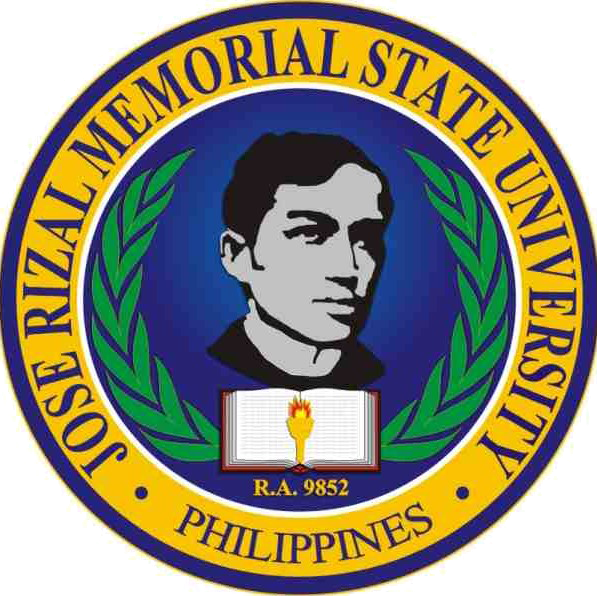Income Generating Projects
 To augment the budget allocation of government for higher education, the Commission on Higher Education has encouraged State Universities and Colleges (SUCs) to engage in Income Generating Projects (IGPs). In response, Dr. Edgar S. Balbuena, JRMSU University President, challenged the five (5) campuses of the University to maximize their available resources for sustainable IGPs. He also persuaded researchers to make researches for commercialization as another means of increasing the University’s income.
To augment the budget allocation of government for higher education, the Commission on Higher Education has encouraged State Universities and Colleges (SUCs) to engage in Income Generating Projects (IGPs). In response, Dr. Edgar S. Balbuena, JRMSU University President, challenged the five (5) campuses of the University to maximize their available resources for sustainable IGPs. He also persuaded researchers to make researches for commercialization as another means of increasing the University’s income.Income generating projects have been beneficial for a long time to the University in cases where it is a necessity to source out fund from other reliable sources aside from the subsidy of the government to realize instructional and physical development; to expand and strengthen research and extension undertakings; and to compensate contract laborers. Likewise, IGPs serve as hands-on trainings for students to make connections between theories learned in school e.g. those with agricultural courses where fields are laboratories for crop productions; and enhance entrepreneurial skills of those with business related courses.
Each campus is adopting strategies and applying entrepreneurial abilities to efficiently derive higher income from its resources. In the Main Campus, IGPs focused on students’ system uniform, t-shirts, faculty uniform, sardine production, water refilling station and academic gown rental with total net income of PhP. 313, 714.75. Dipolog Campus on the other hand, has only two IGPs namely, cafeteria and water refilling station which both have a net income of PhP. 28,349.00. Siocon Campus obtained its income from rice production, bangus and fry production, academic gown rental and students’ system uniform which all have a total net income of PhP. 72,817.00.
The linkages of Tampilisan Campus to the different NGOs and GOs as lead agencies for rice production and vermi-composting projects (vermicast/vermitea) have provided venues for IGPs capabilities towards the production of rice seeds and organic fertilizers in the commercial level. Aside from this new project, the campus has maintained its income from bamboo, cattle/dairy project, ZREC, fruit trees, vegetable nursery, piggery project, poultry project, rubber production, rice production, sheep project, computer printing, coconut project, sand and gravel/quarry, chicken multiplier farm, hito/tilapia production, and vermi culture. This School Year 2011-2012, its income reached over 3.7 M.
In the status of crop enterprise, the University has a total of 55,049 kg of rubber coagula from the land area of 66has and approximately 150,000 polybagged seedlings in rubber nursery. Two hectares of land has been planted with budded-rubber of about 2 years old and ¼ has for rubber clonal garden. In Tampilisan Campus, other land areas have been utilized for coconut projects (1ha), abaca (1ha), mango, rattan (2has), reforestation (45has), bamboo (1ha), and vermicomposting (13 beds of 1mx3m).
When considering the status of the University’s animal project, it has 70 heads disposed piglets in piggery project, 250 layers in poultry project, 3 cattle (2 heifers and 1 bull for instruction/upgrading purposes) and 18 heads (2 bucks, 5 sherlings, 6 lamb, and 5 ewes for instruction and multiplication purposes) in sheep project.
The homework-writer.com systematic study of choice textbook definitions




